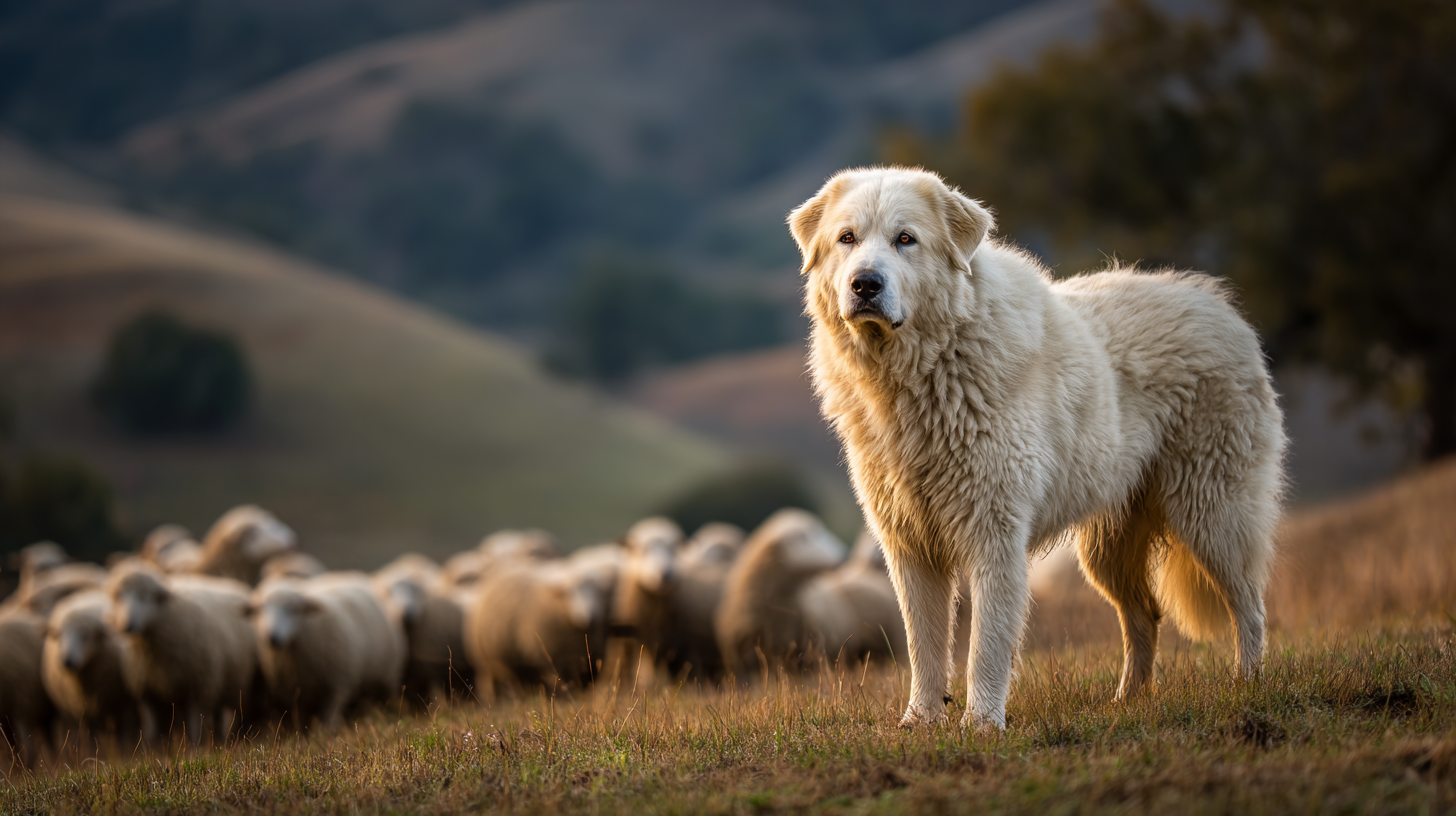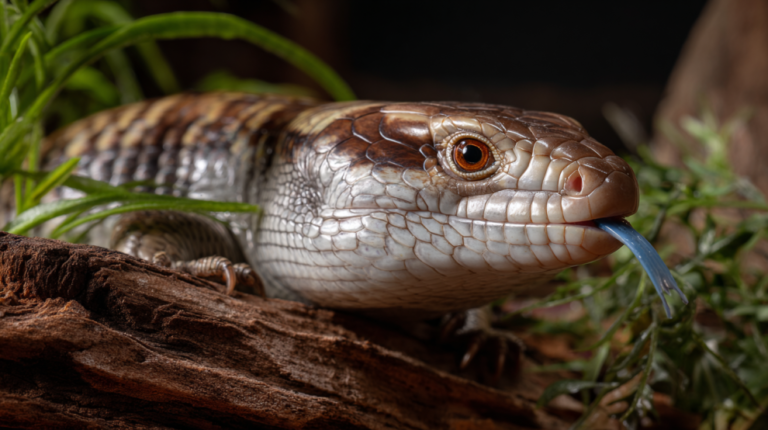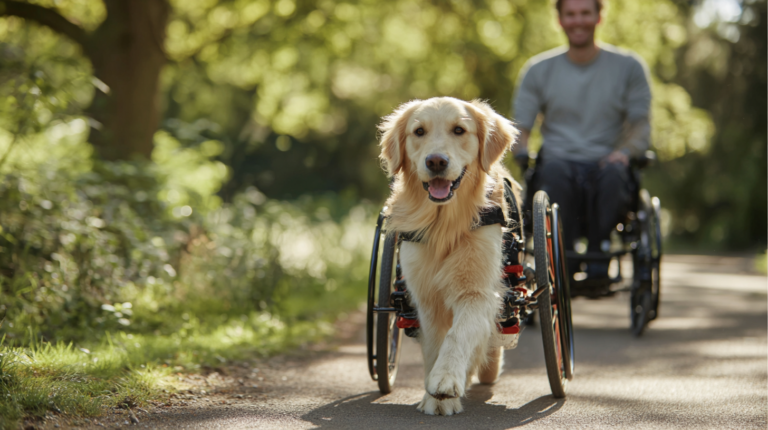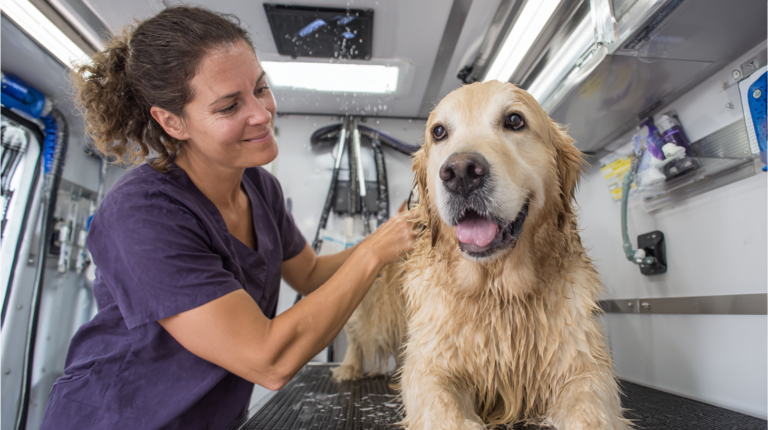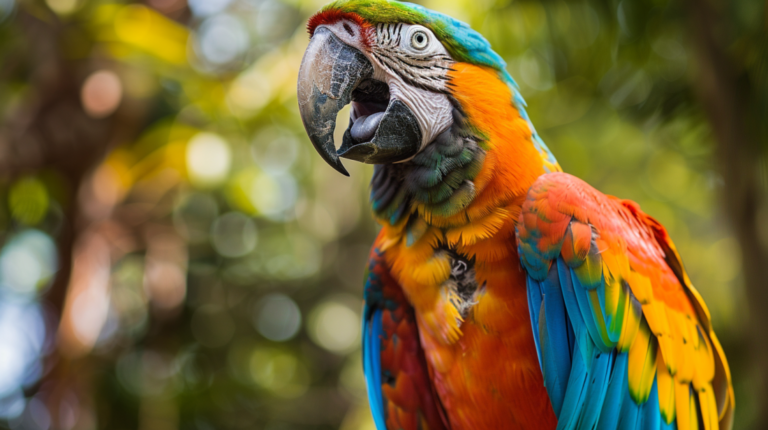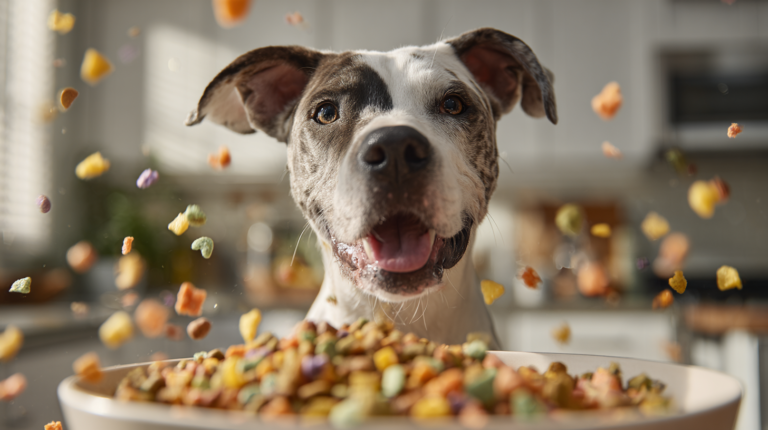Discover the 7 powerful traits of livestock guardian dogs that make them exceptional protectors. Learn about breeds, training, and how these remarkable working dogs safeguard livestock.
Table of Contents
Did you know that livestock guardian dogs prevent an estimated 11% of predator-related livestock losses annually, saving American farmers millions of dollars each year? These remarkable canines possess an ancient genetic blueprint that transforms them into fearless protectors of sheep, goats, cattle, and other farm animals. Unlike herding dogs that move livestock, livestock guardian dogs live alongside their charges, forming unbreakable bonds that last a lifetime.
Livestock guardian dogs represent one of humanity’s oldest partnerships with canines, dating back over 6,000 years. These specialized working dogs have evolved unique traits that make them exceptionally suited for protecting valuable livestock from predators ranging from coyotes and wolves to bears and mountain lions. Understanding these powerful characteristics can help farmers, ranchers, and rural property owners make informed decisions about incorporating these incredible animals into their operations.
Understanding the Ancient Legacy of Livestock Guardian Dogs
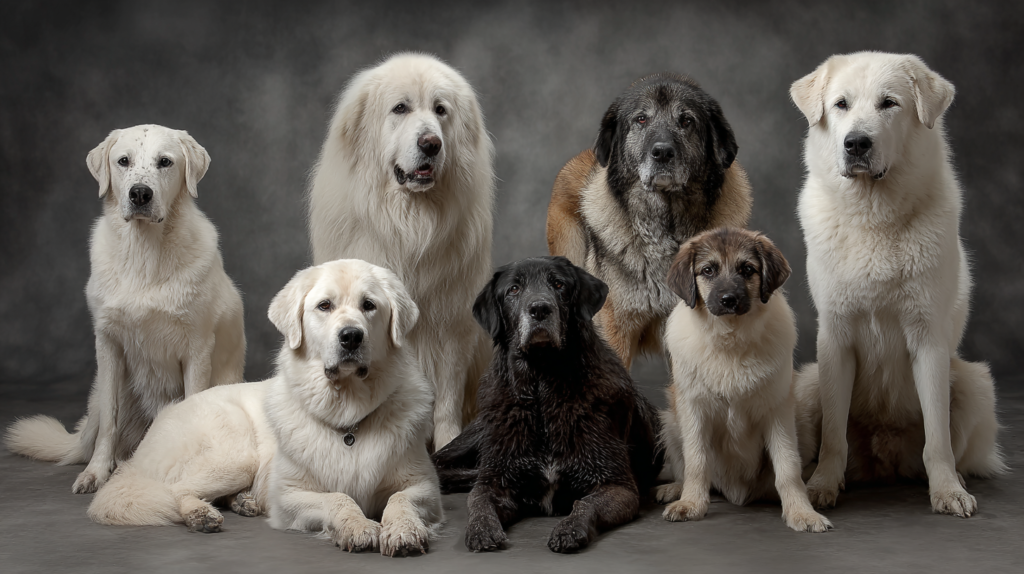
The history of livestock guardian dogs stretches across continents and civilizations. From the Pyrenean Mountains of Europe to the rugged landscapes of Central Asia, these dogs have served as the silent sentinels of pastoral communities. Their genetic makeup has been shaped by thousands of years of selective breeding, creating animals with instincts so refined they can distinguish between threats and harmless wildlife.
Modern livestock guardian dogs carry forward this legacy, combining ancient instincts with contemporary training methods. These dogs don’t just guard livestock; they become part of the flock or herd, creating a social structure that confuses and deters predators. This unique relationship forms the foundation of their protective abilities and sets them apart from other working dog breeds.
Trait 1: Unmatched Protective Instincts
The most defining characteristic of livestock guardian dogs is their innate protective instinct. This isn’t a learned behavior but rather a deeply embedded genetic trait that manifests from puppyhood. These dogs possess an almost supernatural ability to assess threats and respond accordingly, often placing themselves between danger and their charges without hesitation.
This protective instinct operates on multiple levels. Guardian dogs constantly scan their environment, using their acute senses to detect potential threats long before they become visible to humans. They understand the difference between a curious deer wandering through a pasture and a predator stalking livestock. This discernment prevents unnecessary confrontations while ensuring real threats are addressed decisively.
The protective response varies depending on the situation. Guardian dogs may use intimidation tactics such as barking, growling, or positioning themselves prominently to deter potential predators. When intimidation fails, these dogs are prepared to engage physically, using their size, strength, and determination to protect their charges. This graduated response system demonstrates the sophisticated nature of their protective instincts.
Research conducted by the USDA Wildlife Services shows that livestock guardian dogs reduce predation losses by 60-90% in most situations. This remarkable effectiveness stems from their ability to work around the clock, maintaining vigilance even when their human handlers are absent. Unlike mechanical deterrents, guardian dogs adapt their strategies based on changing circumstances and threats.
Trait 2: Independent Decision-Making Abilities
Livestock guardian dogs must make split-second decisions without human guidance, often in remote locations where help is hours away. This independence requires a unique combination of intelligence, confidence, and judgment that sets them apart from other working breeds. They cannot simply follow commands; they must assess situations and choose appropriate responses based on their training and instincts.
This independence manifests in various ways throughout their daily routines. Guardian dogs patrol their territory, establish scent markers, and maintain social hierarchies within their livestock groups. They decide when to investigate disturbances, how to respond to different types of threats, and which areas require increased surveillance. This decision-making process occurs constantly, requiring mental stamina and emotional stability.
The ability to work independently also means these dogs must resist the temptation to chase or play with livestock. Unlike herding dogs that are rewarded for moving animals, guardian dogs must suppress their prey drive and channel their energy into protection. This self-control represents one of the most challenging aspects of their training and development.
Training programs for livestock guardian dogs focus on developing sound judgment rather than blind obedience. These dogs learn to evaluate situations and make decisions that serve the best interests of their charges. This training process typically takes 18-24 months, during which young dogs learn from experienced mentors while gradually taking on more responsibility.
Trait 3: Exceptional Territorial Awareness
Livestock guardian dogs possess an extraordinary understanding of their territory and the animals within it. They memorize the boundaries of their domain, learn the daily routines of their livestock, and notice even subtle changes in their environment. This territorial awareness allows them to detect potential problems before they escalate into serious threats.
The territorial instinct extends beyond simple boundary recognition. Guardian dogs develop detailed mental maps of their areas, including favorite grazing spots, water sources, shelter locations, and potential danger zones. They understand seasonal patterns, weather-related behavior changes, and the natural rhythms of their livestock. This comprehensive knowledge enables them to anticipate problems and position themselves strategically.
Scent marking plays a crucial role in territorial management. Guardian dogs regularly patrol their boundaries, leaving scent markers that serve as warnings to potential intruders. These chemical messages communicate the presence of a large, confident canine and often deter predators from entering the area. The frequency and intensity of scent marking increase during periods of heightened threat.
Territory size varies depending on the specific situation, but guardian dogs typically protect areas ranging from 50 to 500 acres. They adjust their patrol patterns based on livestock distribution, seasonal changes, and threat levels. During lambing or calving seasons, they may concentrate their efforts in specific areas where vulnerable young animals are present.
Trait 4: Remarkable Bonding Capabilities
The bond between livestock guardian dogs and their charges represents one of the most remarkable relationships in the animal kingdom. This connection goes far beyond simple familiarity; it involves genuine emotional attachment and social integration. Guardian dogs literally become part of the flock or herd, participating in group activities and sharing social hierarchies.
This bonding process begins during the critical socialization period when puppies are 8-16 weeks old. Young guardian dogs are placed with livestock and gradually learn to identify with their charges rather than with humans or other dogs. This process, called “imprinting,” creates lasting behavioral patterns that persist throughout the dog’s life.
The depth of this bond becomes apparent in the dog’s daily behavior. Guardian dogs often sleep among their livestock, share food and water sources, and participate in group movements. They learn to read the subtle body language and vocalizations of their charges, responding to signs of distress or alarm. This intimate knowledge allows them to distinguish between normal behavior and potential problems.
Bonding extends to individual recognition within the group. Guardian dogs often develop special relationships with particular animals, especially those that are vulnerable or have specific needs. They may show extra attention to pregnant females, newborns, or animals recovering from illness. This individualized care demonstrates the sophistication of their emotional intelligence.
Trait 5: Superior Weather Resilience
Livestock guardian dogs must perform their duties regardless of weather conditions, from scorching summer heat to bitter winter cold. Their physical attributes and behavioral adaptations enable them to maintain effectiveness in environments that would challenge other breeds. This weather resilience is essential for year-round livestock protection.
Most guardian dog breeds possess double coats that provide insulation against both heat and cold. The outer coat repels water and debris, while the dense undercoat provides thermal regulation. During hot weather, these dogs seek shade and adjust their activity patterns to avoid overheating. In cold conditions, their coat provides sufficient insulation to remain comfortable outdoors.
Behavioral adaptations complement their physical resilience. Guardian dogs modify their patrol schedules based on weather conditions, becoming more active during cooler parts of hot days and maintaining vigilance during severe storms when predators might take advantage of reduced visibility. They seek appropriate shelter when necessary but remain alert to potential threats.
The ability to work in harsh weather conditions sets guardian dogs apart from many other breeds. While pet dogs might refuse to go outside during storms, guardian dogs continue their protective duties regardless of discomfort. This dedication ensures consistent livestock protection throughout the year.
Trait 6: Nocturnal Vigilance
Predators often hunt under cover of darkness, making nighttime the most dangerous period for livestock. Livestock guardian dogs have evolved exceptional nocturnal abilities that allow them to maintain vigilance when their charges are most vulnerable. Their night vision, acute hearing, and enhanced sense of smell create a formidable early warning system.
The nocturnal activity pattern of guardian dogs differs significantly from typical domestic dogs. While pet dogs sleep through the night, guardian dogs remain alert and active, patrolling their territory and monitoring their livestock. They may rest during daylight hours when predation risk is lower, but they quickly respond to any disturbance regardless of the time.
Barking serves as a crucial communication tool during nighttime hours. Guardian dogs use different vocalizations to convey specific messages, from warning barks that alert livestock to gather close to alarm calls that signal immediate danger. This acoustic communication system helps coordinate protective responses and can summon human assistance when needed.
The presence of active guardian dogs during nighttime hours creates a psychological deterrent for potential predators. Most predators prefer easy targets and will avoid areas where large, alert dogs are present. This deterrent effect often prevents confrontations before they begin, reducing stress on both livestock and guardian dogs.
Trait 7: Intelligent Problem-Solving Skills
Livestock guardian dogs encounter a wide variety of challenges that require creative problem-solving abilities. From navigating complex terrain to dealing with unusual threats, these dogs must think independently and adapt their strategies based on changing circumstances. Their intelligence allows them to learn from experience and modify their behavior accordingly.
Problem-solving abilities manifest in numerous ways throughout their daily routines. Guardian dogs learn to open gates, navigate fencing systems, and find alternative routes when obstacles block their patrol paths. They develop strategies for dealing with specific types of predators, adjusting their approach based on the threat’s behavior and capabilities.
The learning process continues throughout their careers. Experienced guardian dogs accumulate knowledge about their territory, livestock, and potential threats. They recognize patterns in predator behavior, understand seasonal variations in risk levels, and develop increasingly sophisticated protective strategies. This accumulated wisdom makes older guardian dogs particularly valuable.
Training programs emphasize problem-solving skills by exposing young dogs to various scenarios and challenges. Puppies learn to navigate obstacles, respond to different types of threats, and work cooperatively with other guardian dogs. This training builds confidence and develops the cognitive flexibility necessary for independent decision-making.
Choosing the Right Livestock Guardian Dog Breed
Different breeds of livestock guardian dogs have evolved to meet specific environmental and operational requirements. Understanding these breed characteristics helps farmers and ranchers select dogs that match their particular needs and circumstances. The most common breeds include Great Pyrenees, Anatolian Shepherds, Akbash, and Maremma Sheepdogs.
Great Pyrenees dogs are perhaps the most familiar guardian breed in North America. Originally developed in the Pyrenean Mountains, these dogs excel in moderate climates and work well with sheep and goats. They typically weigh 85-115 pounds and possess calm, steady temperaments that make them effective guardians without being overly aggressive.
Anatolian Shepherds originate from Turkey and demonstrate exceptional adaptability to harsh climates. These dogs are larger than Great Pyrenees, often weighing 110-150 pounds, and show remarkable endurance and independence. They work well with various types of livestock and can handle larger predators such as wolves and bears.
Akbash dogs represent another Turkish breed known for their speed and agility. These dogs are lighter than other guardian breeds, typically weighing 75-105 pounds, but compensate with exceptional athleticism and alertness. They excel in situations requiring rapid response to threats and work particularly well with sheep.
Training and Socialization Considerations
Proper training and socialization are essential for developing effective livestock guardian dogs. The training process differs significantly from traditional dog training, focusing on developing independence and decision-making abilities rather than obedience to commands. This specialized approach requires patience, consistency, and understanding of guardian dog psychology.
Early socialization with livestock is crucial for developing proper bonding behavior. Puppies should be introduced to their charges during the critical socialization period when they are most receptive to forming attachments. This process involves gradually increasing exposure while providing positive experiences with livestock.
Basic obedience training provides a foundation for more advanced guardian training. Dogs must learn to respond to recall commands, understand boundary markers, and accept handling by humans. However, this training must be balanced with the need for independence and decision-making abilities.
The training process typically takes 18-24 months to complete, during which young dogs work alongside experienced mentors. This apprenticeship system allows puppies to learn appropriate behaviors while gradually taking on more responsibility. Human handlers must resist the temptation to over-train or micromanage these dogs, allowing them to develop their natural instincts.
Common Challenges and Solutions
Livestock guardian dogs face numerous challenges that can affect their effectiveness and well-being. Understanding these challenges and implementing appropriate solutions helps ensure successful guardian dog programs. Common issues include aggression toward humans, property damage, and conflicts with other animals.
Aggression toward humans represents one of the most serious challenges in guardian dog management. This behavior typically stems from inadequate socialization or overprotectiveness of livestock. Solutions include regular human contact from puppyhood, consistent training protocols, and clear boundaries regarding acceptable behavior.
Property damage can occur when guardian dogs attempt to escape enclosures or pursue threats beyond their designated territory. This behavior often indicates inadequate territory size or insufficient mental stimulation. Solutions include providing adequate space, environmental enrichment, and regular exercise opportunities.
Conflicts with other animals, including pet dogs and wildlife, require careful management to prevent injuries and maintain community relations. Guardian dogs must learn to distinguish between threats and harmless animals, a skill that develops through experience and proper training.
Health and Nutrition Requirements
Livestock guardian dogs have specific health and nutrition requirements that differ from typical pet dogs. Their active lifestyle, exposure to outdoor elements, and large size create unique needs that must be addressed to maintain optimal health and performance.
Nutritional requirements vary based on the dog’s age, size, activity level, and environmental conditions. Adult guardian dogs typically require 2,500-4,000 calories per day, with higher requirements during cold weather or periods of increased activity. High-quality protein sources support muscle development and maintenance, while adequate fat content provides energy for sustained activity.
Regular veterinary care is essential for maintaining guardian dog health. These dogs require routine vaccinations, parasite prevention, and health monitoring. Their exposure to livestock and wildlife creates additional disease risks that must be managed through appropriate preventive measures.
Joint health becomes increasingly important as guardian dogs age. Their large size and active lifestyle can contribute to arthritis and other joint problems. Regular exercise, appropriate nutrition, and veterinary monitoring help maintain mobility and comfort throughout their working careers.
Integration with Modern Farming Practices
Livestock guardian dogs must integrate effectively with modern farming practices and technologies. This integration requires understanding how guardian dogs interact with equipment, structures, and management systems commonly used in contemporary agriculture.
Fencing systems must accommodate guardian dogs while maintaining livestock security. Traditional barbed wire fences may injure dogs during patrol activities, while electric fences can interfere with their protective duties. Many farmers use specialized fencing designed specifically for guardian dog operations.
Farm equipment and guardian dogs must coexist safely. Dogs must learn to avoid dangerous machinery while maintaining their protective duties. Training programs include exposure to common farm equipment and establishing safe zones where dogs can retreat during mechanical operations.
Technology increasingly plays a role in guardian dog management. GPS collars allow farmers to monitor dog locations and activity patterns, while remote cameras provide insights into guardian dog behavior and effectiveness. These tools enhance traditional management practices without replacing the essential human-dog relationship.
Cost-Benefit Analysis for Farmers
Implementing a livestock guardian dog program requires significant investment in terms of time, money, and resources. Understanding the costs and benefits helps farmers make informed decisions about whether guardian dogs are appropriate for their operations.
Initial costs include purchasing or adopting guardian dogs, veterinary care, training expenses, and infrastructure modifications. Guardian dogs typically cost $500-$2,000 each, depending on breed and training level. Annual maintenance costs including food, veterinary care, and supplies range from $800-$1,500 per dog.
Benefits include reduced predation losses, decreased need for other predator control methods, and improved livestock welfare. Studies show that guardian dogs can reduce predation losses by 60-90%, representing significant economic benefits for most operations. Additional benefits include reduced stress on livestock and improved grazing efficiency.
The break-even point for guardian dog programs varies depending on livestock value, predation pressure, and operational costs. Most farmers recover their initial investment within 2-3 years, with ongoing benefits continuing throughout the dog’s working life of 8-10 years.
Future Developments in Guardian Dog Programs
The field of livestock guardian dogs continues to evolve with advances in genetics, training methods, and technology. These developments promise to improve the effectiveness and accessibility of guardian dog programs for farmers and ranchers.
Genetic research is identifying specific traits that contribute to guardian dog effectiveness. This knowledge enables more targeted breeding programs that produce dogs with enhanced protective abilities and reduced problem behaviors. DNA testing can help identify puppies with the greatest potential for guardian work.
Training methods continue to improve through research and experience. New approaches focus on developing decision-making abilities while maintaining the essential independence that makes guardian dogs effective. Virtual reality and other technologies may eventually supplement traditional training methods.
Technology integration offers new possibilities for monitoring and supporting guardian dog activities. Smart collars can provide real-time health monitoring, activity tracking, and location services. These tools enhance traditional management practices while providing valuable data for program improvement.
Educational Table:
Markdown Version:
| Breed | Origin | Weight Range | Climate Adaptation | Best Livestock | Temperament |
|---|---|---|---|---|---|
| Great Pyrenees | France/Spain | 85-115 lbs | Moderate | Sheep/Goats | Calm, Steady |
| Anatolian Shepherd | Turkey | 110-150 lbs | Harsh/Variable | Cattle/Sheep | Independent, Alert |
| Akbash | Turkey | 75-105 lbs | Hot/Dry | Sheep | Fast, Agile |
| Maremma Sheepdog | Italy | 65-100 lbs | Mediterranean | Sheep/Poultry | Gentle, Protective |
| Kangal | Turkey | 110-145 lbs | Extreme | Large Livestock | Powerful, Loyal |
| Pyrenean Mastiff | Spain | 120-180 lbs | Mountain | Cattle | Calm, Powerful |
FAQ Section:
Q: What is the difference between livestock guardian dogs and herding dogs?
A: Livestock guardian dogs live with and protect livestock from predators, while herding dogs move livestock from one location to another. Guardian dogs bond with their charges and work independently, whereas herding dogs work closely with human handlers and follow specific commands.
Q: How long does it take to train a livestock guardian dog?
A: Training a livestock guardian dog typically takes 18-24 months. This extended period allows dogs to develop proper bonding with livestock, learn territorial boundaries, and mature into effective guardians. The process cannot be rushed as it involves developing instincts and decision-making abilities.
Q: Can livestock guardian dogs live with other pets?
A: Livestock guardian dogs can coexist with other pets, but careful introduction and management are essential. They may view unfamiliar animals as potential threats to their livestock. Proper socialization from puppyhood and gradual introductions help prevent conflicts.
Q: What predators can livestock guardian dogs deter?
A: Livestock guardian dogs can deter a wide range of predators including coyotes, wolves, bears, mountain lions, foxes, and domestic dogs. Their effectiveness depends on the dog’s size, training, and the specific predator species. Larger dogs are more effective against bigger predators.
Q: Are livestock guardian dogs suitable for small farms?
A: Yes, livestock guardian dogs can work effectively on small farms, but considerations include adequate space, proper fencing, and neighbor relations. Smaller breeds like Maremma Sheepdogs may be more suitable for limited spaces than larger breeds like Pyrenean Mastiffs.
Q: How much does it cost to maintain a livestock guardian dog?
A: Annual maintenance costs for a livestock guardian dog range from $800-$1,500, including food, veterinary care, and supplies. Initial costs include purchasing the dog ($500-$2,000), basic training, and infrastructure modifications. Most farmers recover their investment within 2-3 years.
Q: Do livestock guardian dogs require special veterinary care?
A: Livestock guardian dogs require regular veterinary care including vaccinations, parasite prevention, and health monitoring. Their exposure to livestock and wildlife creates additional disease risks that must be managed. Joint health becomes increasingly important as these large, active dogs age.
Conclusion:
Livestock guardian dogs represent one of humanity’s most successful partnerships with canines, combining ancient instincts with modern applications. These seven powerful traits – protective instincts, independent decision-making, territorial awareness, bonding capabilities, weather resilience, nocturnal vigilance, and problem-solving intelligence – make them exceptional guardians for valuable livestock.
The investment in a quality livestock guardian dog program pays dividends through reduced predation losses, improved livestock welfare, and peace of mind for farmers and ranchers. Whether you’re managing a small hobby farm or a large commercial operation, understanding these traits helps you select, train, and manage guardian dogs effectively.
For more expert pet care tips and product recommendations, visit BlithePet.com your trusted source for pet wellness.
Have a similar experience with your livestock guardian dog? Share it in the comments below! Don’t forget to check out our other helpful guides at BlithePet.com.

